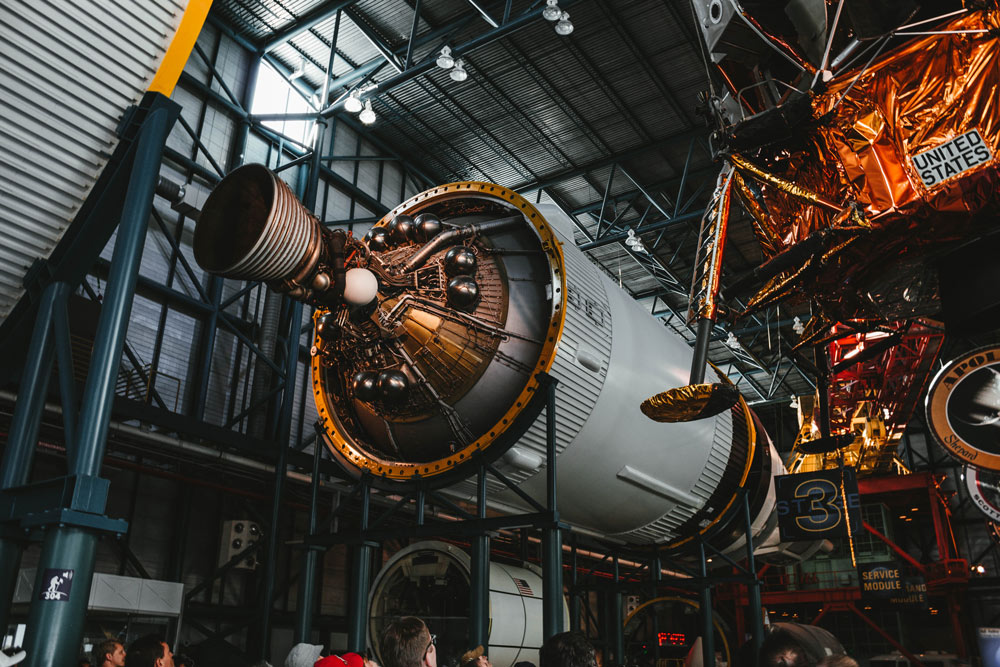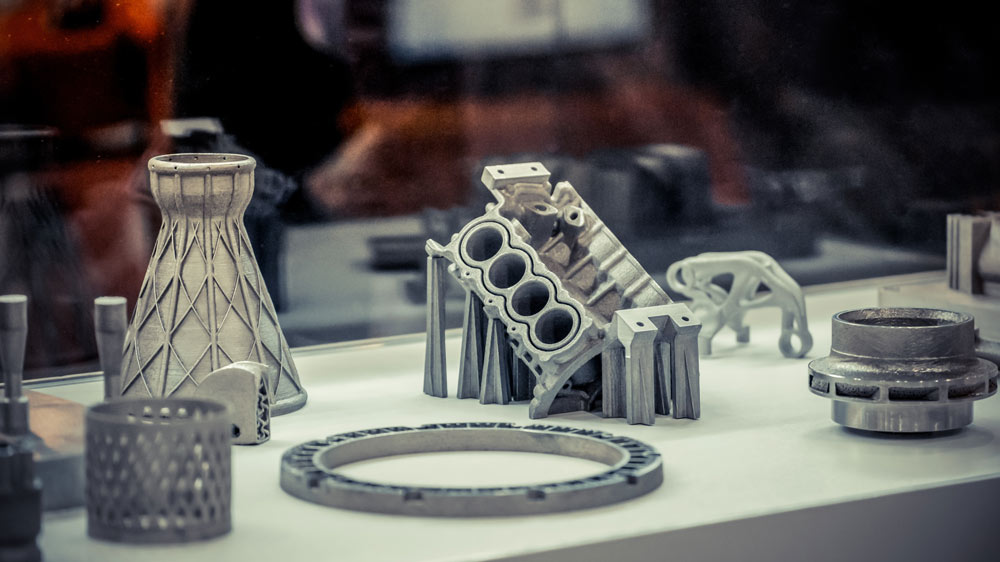Estimated reading time: 2 minutes
NASA has expressed interest in both the Moon and Mars as potential destinations for future manned missions. The Moon, in particular, could serve as a base for a mission to the Red Planet.
NASA is also planning to send various cargoes into space, including spacecraft that could be used for space bases on the Moon or for deep space travel.
NASA is currently exploring the possibility of using 3D printing technology to produce aluminium components for cargo flights, which could potentially reduce both the effort and costs involved.
Recent tests, including thermal tests on rocket nozzles, have shown promising results.
While aluminium is not traditionally used in rocket manufacturing due to its poor heat resistance, NASA’s successful testing of an aluminium rocket engine nozzle is a significant development.

NASA has developed a new material (6061-RAM2) and added small cooling channels to the aluminium used for the rocket nozzles to prevent melting and dissipate heat.
This solution has the potential to enable the creation of lighter rockets in the future, capable of carrying more cargo into space. This solution has the potential to enable the creation of lighter rockets in the future, capable of carrying more cargo into space. Additionally, the use of 3D printing technology could make component manufacturing easier and more cost-effective. NASA has fabricated and tested components made from aluminium, in addition to the engine nozzle.
The project marks a starting point for possible new propulsion systems, space manufacturing, and infrastructure needed for missions to the Moon, Mars, and beyond. NASA intends to share the project’s data and processes with universities and startups, enabling space companies to develop components for satellites and other spacecraft.


